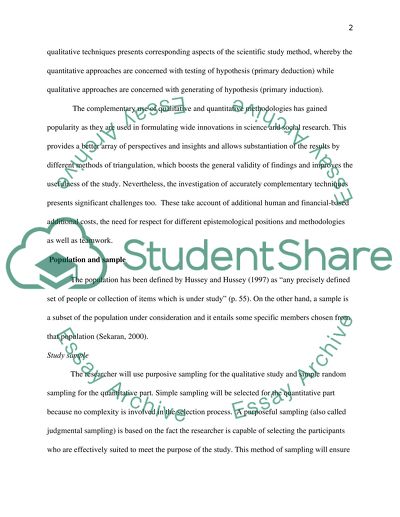Cite this document
(“Developing High Quality Human Resource Dissertation”, n.d.)
Developing High Quality Human Resource Dissertation. Retrieved from https://studentshare.org/english/1403374-developing-high-quality-human-resource-for-epc
Developing High Quality Human Resource Dissertation. Retrieved from https://studentshare.org/english/1403374-developing-high-quality-human-resource-for-epc
(Developing High Quality Human Resource Dissertation)
Developing High Quality Human Resource Dissertation. https://studentshare.org/english/1403374-developing-high-quality-human-resource-for-epc.
Developing High Quality Human Resource Dissertation. https://studentshare.org/english/1403374-developing-high-quality-human-resource-for-epc.
“Developing High Quality Human Resource Dissertation”, n.d. https://studentshare.org/english/1403374-developing-high-quality-human-resource-for-epc.


